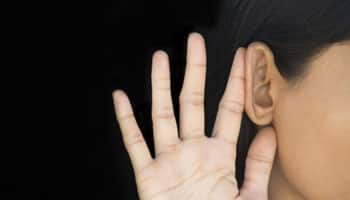Toronto: Researchers at the McGill University and the University of Montreal, have discovered that beat-deafness, though very rare, is a problem that is not only about feeling a pulse or moving your body, but also about how people synchronize with the sounds they hear.
Bobbing your head, tapping your heel, or clapping along with the music is a natural response for most people, but what about those who can't keep up with the beat? That is the question the researchers endeavoured to answer.
"We examined beat tracking - the ability to find a regular pulse and move with it - in individuals who complained of difficulty following a beat in everyday activities like listening to music and dancing," said psychology professor and lead author Caroline Palmer from McGill University in Canada.
Because beat deafness is so rare, researchers compared two beat deaf individuals with 32 control participants of comparable age and educational level.
Listeners were asked to tap evenly in the absence of any sound.
The researchers found that all participants performed this task well, ruling out a general motor deficit.
"We found that these beat-deaf individuals were able to perceive different rhythms and tap a regular beat in the absence of sound, similarly to control group members," Palmer said.
Only when they had to move with the beat did we see a deficit, compared with the control group, he noted.
Most people had no problem but the beat-deaf individuals were quite variable in their tapping - sometimes missing the beat by a large amount.
"The types of mistakes that beat-deaf individuals made indicated deficits in biological rhythms, including the natural frequencies or rates at which the internal oscillations pulsed, and how long it took them to respond to the new metronome tempo," the authors added.
Biological rhythms are behaviours that are periodic or cyclic and can be slow like circadian day/night cycles or fast like heart rates.
Common activities like walking, clapping, making music and even speaking are all examples of rhythms.
"Our findings support the idea that beat-deafness is a problem of how our internal biological rhythms adapt to or couple with changing sounds in the environment that, in most individuals, make it possible to dance or ice skate with a partner," Palmer concluded.
















